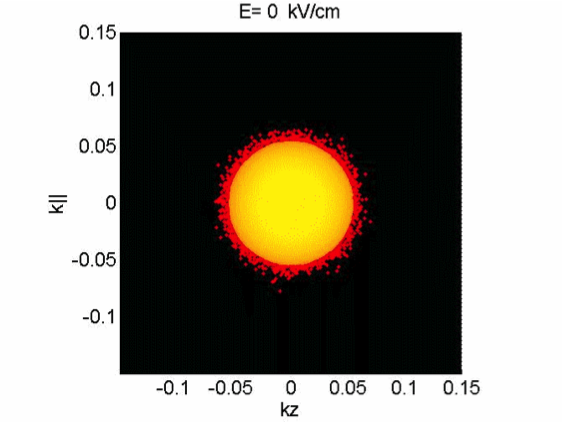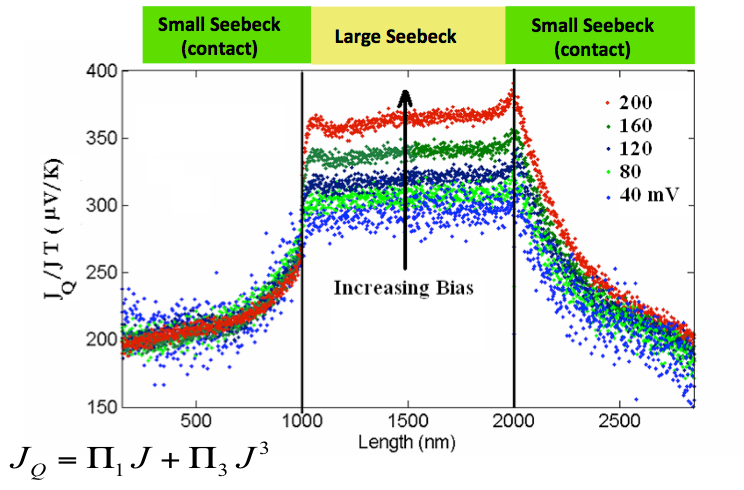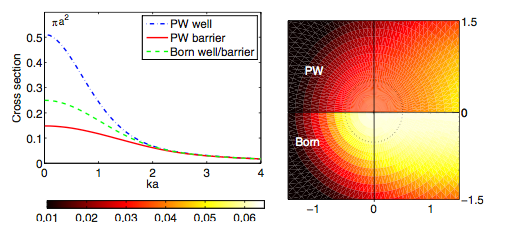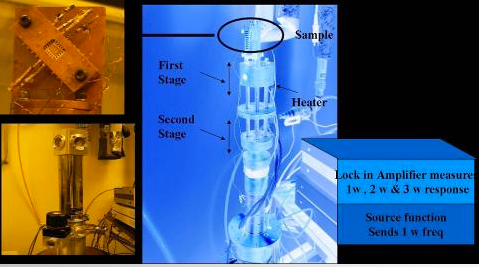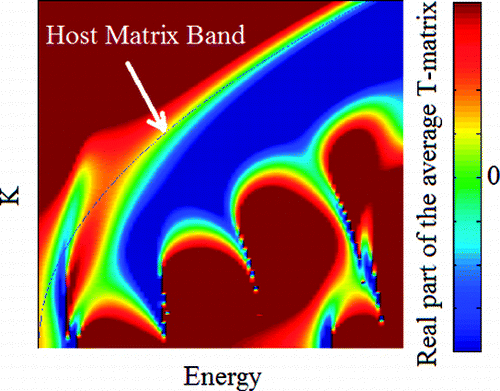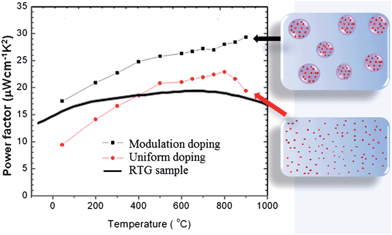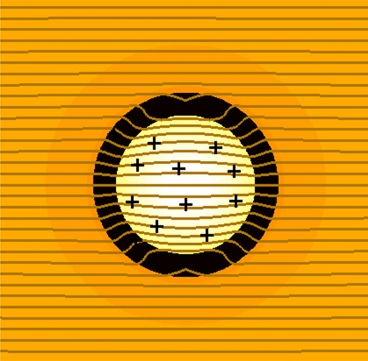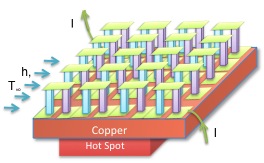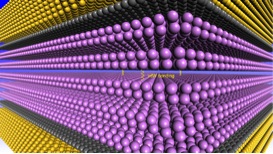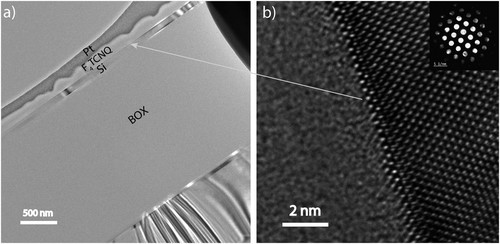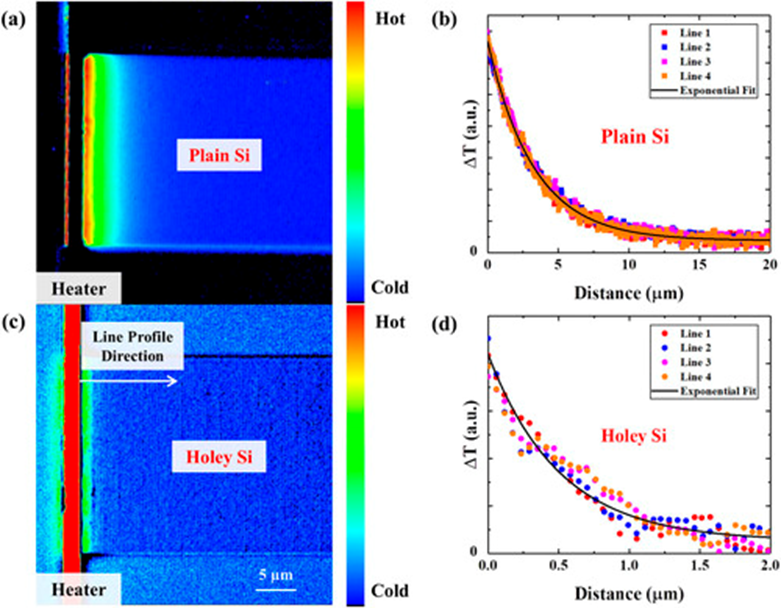Embedded nano-particles can enhance the performance of thermoelectric devices by scattering phonons more effectively than electrons and by blocking low-energy electrons. Scattering of electrons from nanoparticles were modeled successfully in different limits when the nano-particle potential is weak (the Born approximation), when the nano-particle potential is strong but the nanoparticle concentration is low (partial wave method, within the single site approximation) and when the nano-particle concentration is high (coherent potential approximation). Results show that at low temperatures, nano-particle doped samples can have efficiencies up to 4 times higher than that of regular impurity doped samples if they are designed properly.
Zebarjadi M., Esfarjani K., Shakouri A., Bahk JH., Bian ZX., Zeng G., Bowers JE., Lu H., Zide JMO. and Gossard A., Effect of nano-particle scattering on thermoelectric power factor, App. Phys. Lett 94, 202105 (2009).
-Zebarjadi M., Esfarjani K., Shakouri A., et. al., Effect of nano-particle scattering on electronic and thermoelectric transport, J. of Electronic Materials 38, 954 (2009)
Zebarjadi M., Esfarjani K., Bian ZX. and Shakouri A., Low-Temperature Thermoelectric Power Factor Enhancement by Controlling Nanoparticle Size Distribution, Nanoletters, 11, 225-230 (2011)


